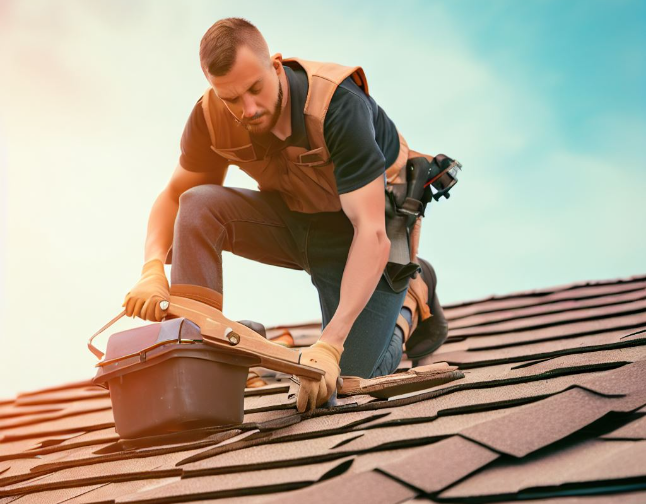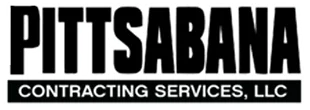When it comes to your home’s roof, ensuring it is in optimal condition is crucial for protection against the elements. Roofing problems can be a headache, but one common issue that often requires attention is the need to replace shingles and roofing plywood. In this comprehensive guide, we will delve into the process of replacing roofing plywood, addressing potential roof problems, and understanding what happens in the end. If you’re in Pittsburgh, Pennsylvania, and searching for effective roofing and guttering solutions, you’ve come to the right place.
Signs of Roofing Plywood Damage
Before diving into the replacement process, it’s essential to identify signs of roofing plywood damage. Understanding these indicators can help you address issues promptly, potentially saving you from more extensive repairs down the line.
Bad Roof Installation
One of the primary reasons for roofing plywood damage is a poor initial roof installation. Signs of a bad installation include:
– Shingles not properly aligned
– Improperly fastened plywood
– Gaps between plywood sheets
– Uneven roof surface
Addressing these issues early can prevent further damage to your roofing plywood.
Potential Roof Problems
Roofing plywood problems can lead to a host of issues within your home, including:
Leaks and Water Damage
Damaged plywood allows water to penetrate your roof, causing leaks and water damage to your home’s interior.
Weakened Structural Integrity
Roofing plywood plays a critical role in maintaining your roof’s structural integrity. Damaged plywood can compromise the overall strength of your roof.
Mold and Mildew Growth
Excess moisture from leaks can lead to the growth of mold and mildew in your attic or ceiling, posing health risks to your family.
How to Replace Roofing Plywood
Now that you understand the importance of addressing roofing plywood issues let’s explore the step-by-step process of replacing damaged plywood.
Inspection and Assessment
Begin by thoroughly inspecting your roof for damaged areas. Look for signs of water damage, rot, or soft spots in the plywood.
Gather Materials
You’ll need the following materials for the replacement:
– Replacement plywood
– Roofing nails
– Hammer
– Circular saw
– Measuring tape
– Safety gear (gloves, goggles)
Remove Shingles
Carefully remove the shingles in the damaged area using a pry bar. Be cautious not to damage adjacent shingles.
Replace Plywood
Cut out the damaged plywood using a circular saw and replace it with new, properly sized plywood. Ensure it’s securely fastened with roofing nails.
Install Underlayment
Apply roofing underlayment over the new plywood to create a moisture barrier and provide additional protection.
Reinstall Shingles
Carefully reinstall the shingles, ensuring they are properly aligned and fastened securely.
What Happens in the End?
After successfully replacing the damaged roofing plywood, you can expect the following outcomes:
Enhanced Roof Durability
With new, solid plywood in place, your roof’s overall durability and strength will be improved.
Leak Prevention
Replacing damaged plywood eliminates sources of leaks, protecting your home’s interior.
Improved Energy Efficiency
A well-maintained roof contributes to better insulation and energy efficiency within your home.
Increased Property Value
A properly maintained roof enhances your home’s curb appeal and can increase its overall value.
Conclusion
Maintaining a healthy roof is crucial for any homeowner, and replacing damaged roofing plywood is a key component of that maintenance. By recognizing signs of damage, taking appropriate action, and following the replacement process, you can ensure your roof remains robust and reliable. If you’re in Pittsburgh, Pennsylvania, and facing roofing or guttering issues, don’t hesitate to reach out to Pittsabana Contracting Services for effective solutions. Your home deserves the best protection, and we’re here to deliver it.



